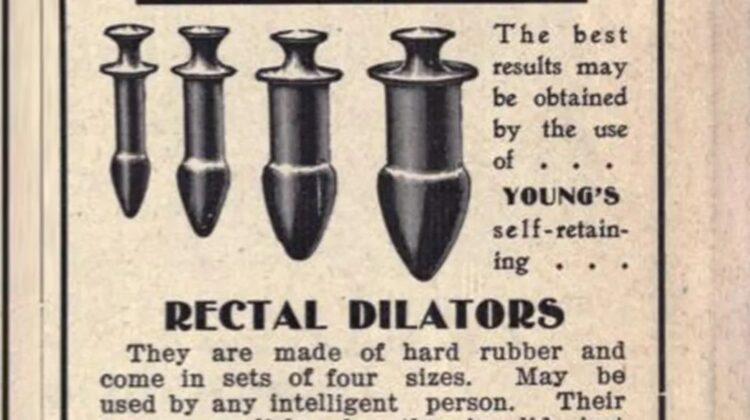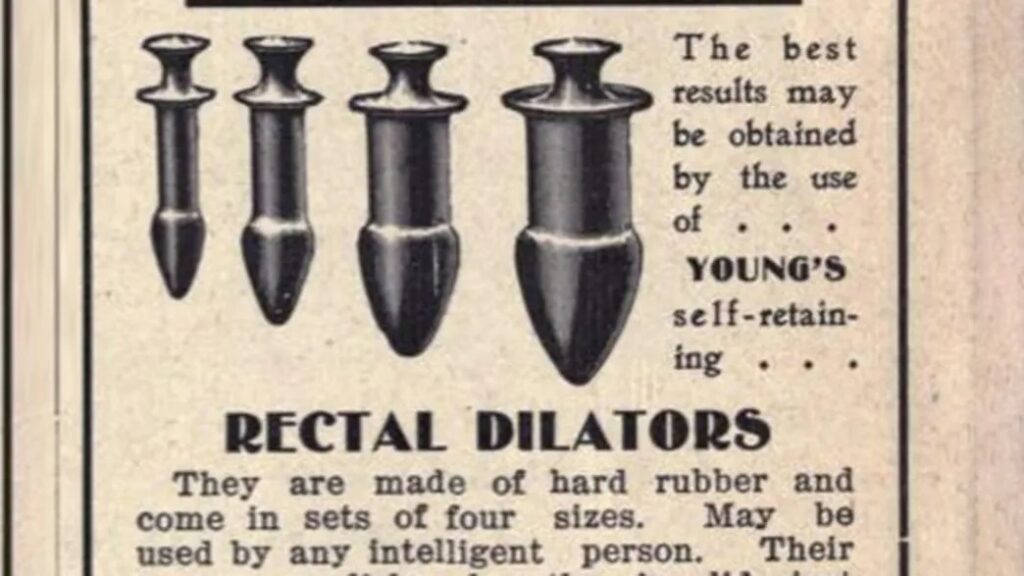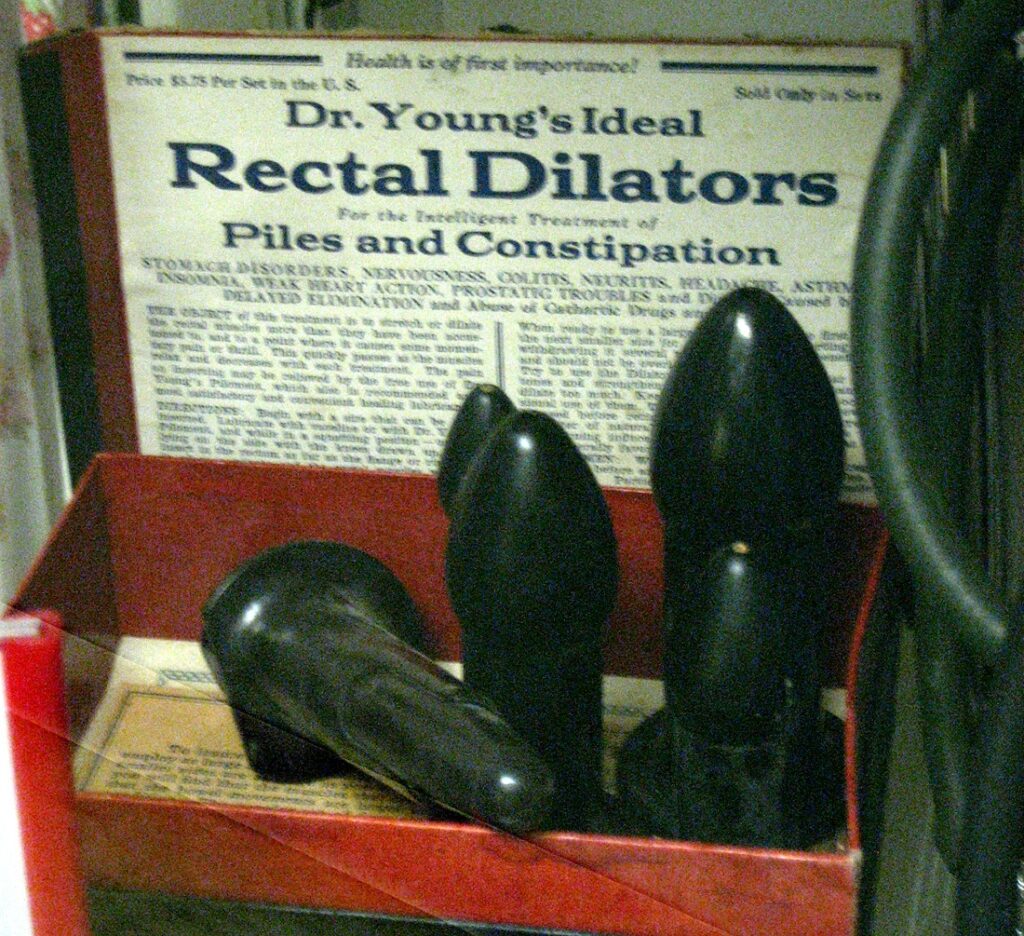
In the annals of medical history, there exists a peculiar chapter where the question “can this be solved by putting something in the butt?” seemed to be a recurrent theme. One of the fascinating and eyebrow-raising instances of this curious trend lies in the curious evolution of butt plugs – objects initially touted as a miracle cure for a myriad of ailments, from headaches to acne and even insanity.
The historical landscape of medical practices often boasts unconventional remedies, and the saga of butt plugs is no exception. Consider, for instance, the peculiar era of tobacco smoke enemas during the 18th century. Physicians of the time, facing drowning victims, believed they could revive them by blowing tobacco smoke up their rectums with a pipe. Despite lacking any proven medical benefits, this practice gained popularity, resulting in enema kits lining the Thames like lifebelts, ready for use as a peculiar form of “rescue” for those less adept at swimming.

The decline of tobacco smoke enemas, post-1800, marked a shift in unconventional medical exploration. However, doctors were not quite finished with investigating the potential of interventions in the nether regions. Enter Dr. Young’s Ideal Rectal Dilators, created in the 1890s. Far from being marketed as sexual objects, these devices were touted as serious medical tools, intended to address a range of health concerns.
The instructions accompanying Dr. Young’s Rectal Dilators encouraged users to self-prescribe and administer the treatment. Beginning with the smaller dilator and progressing gradually, users were advised to warm the dilator, lubricate it, and gently insert it in the rectum while in a specific position. The instructions recommended allowing it to remain for varying durations, promising optimal results. The packaging cautioned against use by anyone under the age of 8 without doctor supervision.
Dr. Young’s Rectal Dilators were primarily marketed as a tool for relieving constipation. Some users reported satisfaction, with claims that the dilators helped strengthen and tone muscles controlling defecation. However, the product’s reach extended beyond these modest claims, venturing into more extravagant assertions.

Customers and promotional materials began making grandiose claims about the rectal dilators, suggesting benefits ranging from promoting refreshing sleep to relieving foul breath, acne, anemia, headaches, and even mental hebetude (a state of dullness or lethargy). As the claims grew more extravagant, a court case with the whimsical name “U.S. v. 67 Sets of Dr. Young’s Rectal Dilators and 83 Packages of Dr. Young’s Piloment” unfolded.
In this court case, the U.S. Food and Drug Administration debunked the claims, ruling that not only were they unsupported by evidence, but the device itself posed potential health risks when used as directed. The court ordered the destruction of the products. It was only later revealed that Dr. Young had also claimed in a medical journal that these rubber devices would be effective in curing insanity, adding a surreal twist to the already bizarre narrative of butt plugs as a cure-all.

Leave a Reply